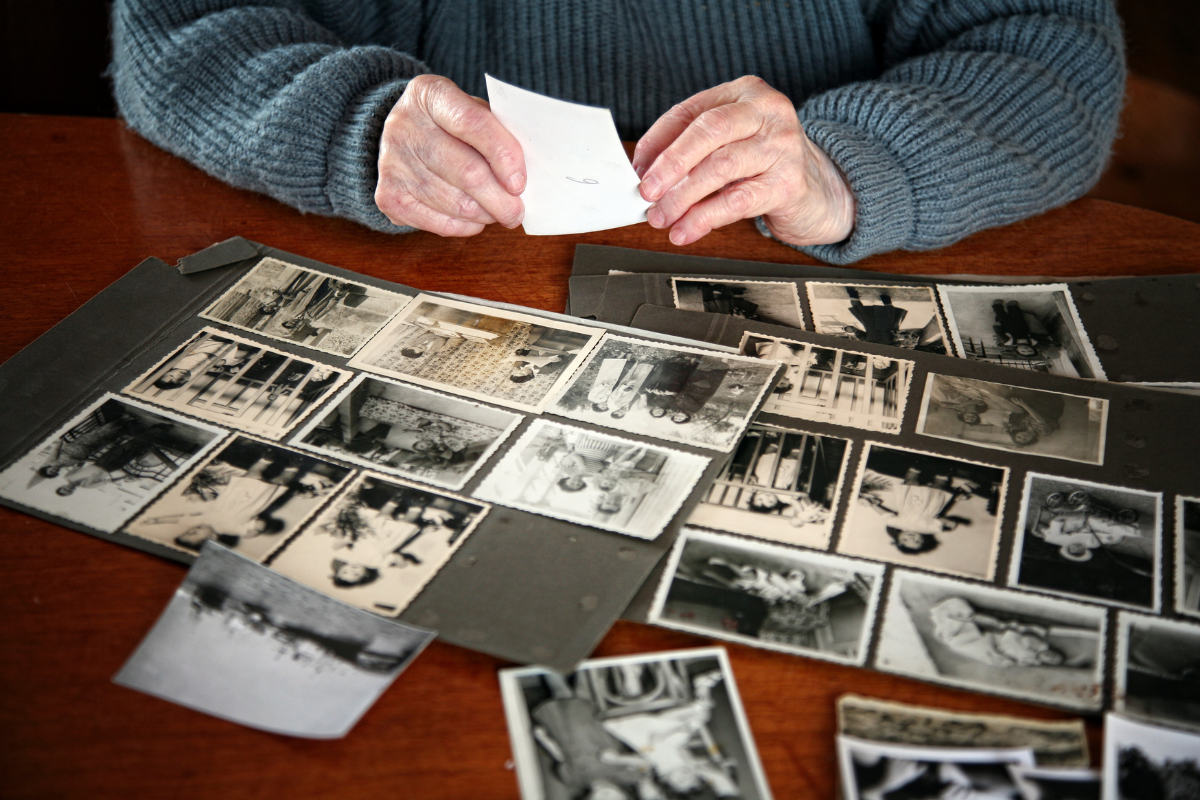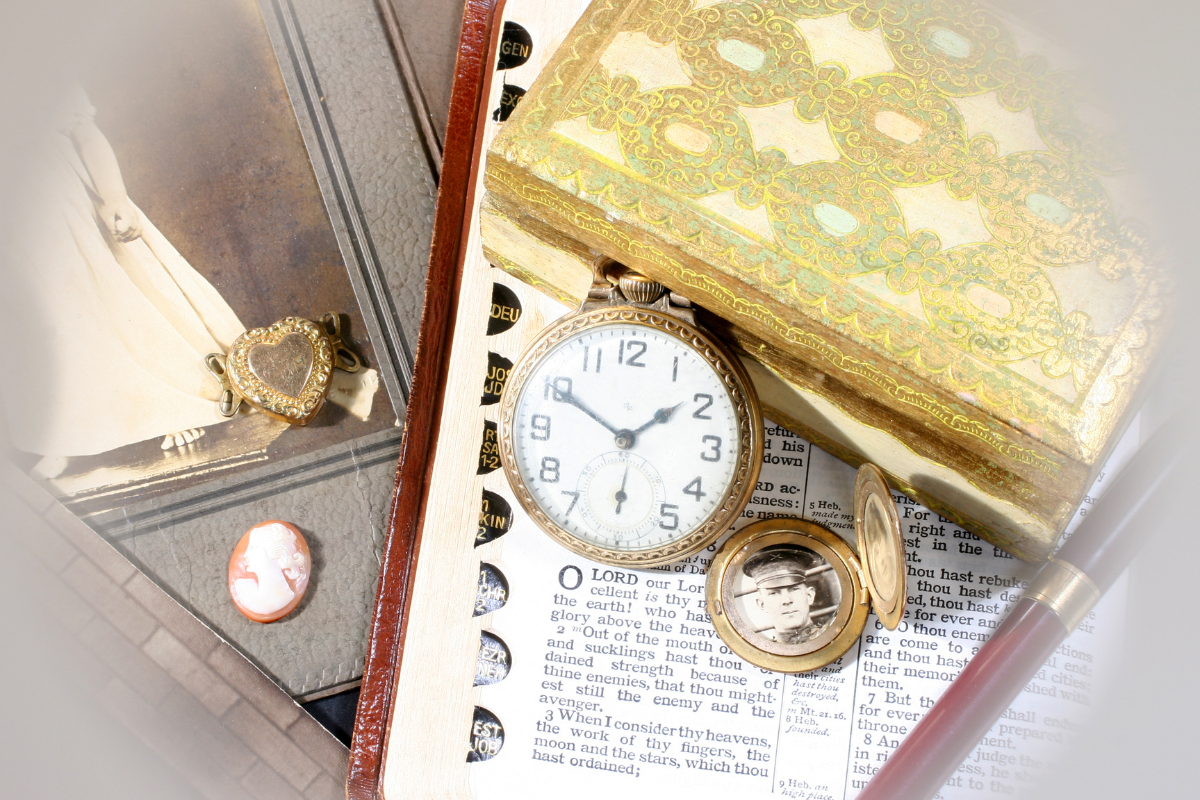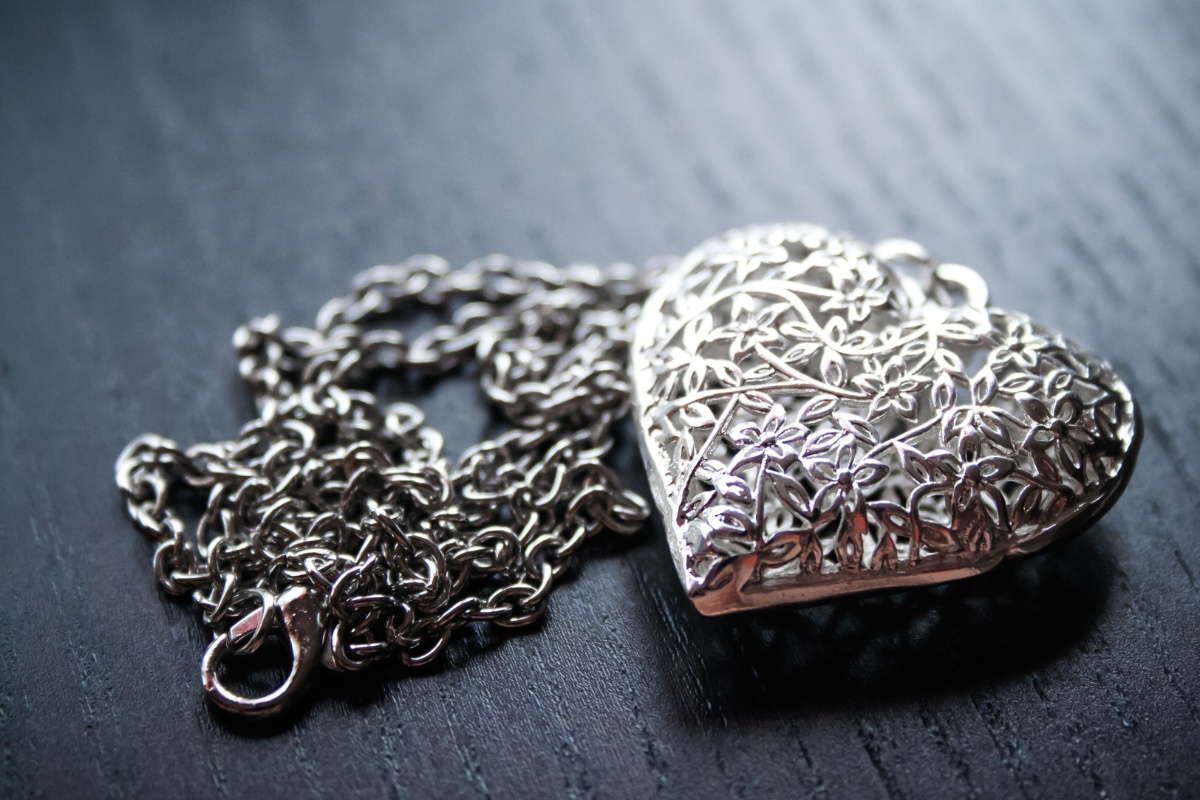Post Disclaimer: This blog reflects the author's personal experience with end-of-life matters and is provided in good faith for informational purposes only. While we aim to provide clear guidance on hard-to-find topics, this content is not legal advice and your use is at your own risk. Estate planning and end-of-life laws vary by location, so please consult your state's laws and seek guidance from a licensed attorney for your specific situation. We make no warranty about the accuracy or completeness of this information, which does not replace professional legal counsel. For more information, please see our full disclaimer.
Memories hold the power to connect us to our loved ones, even after they're gone.
Preserving these memories through keepsakes and personalized memorials can help bring comfort during a challenging time.
Whether it's keeping a cherished object, crafting a meaningful tribute, or creating a space to honor their legacy, there are many ways to preserve their memory.

Understanding Keepsakes and Memorials
Memorabilia offers comfort and connection to those grieving a loss.
Keepsakes and memorials are powerful tools to preserve legacies and personal memories.
They remind us of the moments shared, the love felt, and the lives impacted.
What Are Keepsakes?
Keepsakes represent physical pieces of memory, connecting us to loved ones even after they're no longer with us.
These cherished objects carry personal meaning, offering a tangible link to the past.
Often, they help capture defining moments or encapsulate loved ones' unique personalities.
Types of keepsakes vary widely, including:
- Jewelry: Items like lockets and bracelets carry sentimental value. They may enclose photos, hair locks, or even cremation ashes.
- Photographs and Albums: Visual memories offer timeless reflections, allowing individuals to relive treasured days instantly.
- Handwritten Notes or Letters: The personal touch of written words often holds unmatched emotional weight.
- Memory Boxes: These containers hold several personal items, such as mementos collected over a lifetime.
- Custom Sculptures or Artwork: Unique creations help express appreciation for someone's life and impact.
Keepsakes often reflect shared moments with those lost, enriching ties to a history that shaped today.
Their small size belies their immense emotional significance.
What Are Memorials?
Memorials stand as larger, intentional markers designed to honor and celebrate someone's legacy.
They range from simple physical markers to ongoing efforts that benefit future generations.
What sets memorials apart is their enduring nature, providing a shared space for remembrance.
Common types of memorials include:
- Headstones and Grave Markers: Traditional choices often inscribed with personalized messages that bring focus to gravesites.
- Living Memorials: Planting a tree or a garden creates a tribute that grows, representing life continuing in unforgettable ways.
- Memorial Benches or Plaques: These combine practicality with sentiment, offering a visual remembrance along with a dedicated locale for reflection.
- Charitable Foundations or Scholarships: Establishing support in someone's name perpetuates their values and passions while benefiting others.
- Cremation Memorial Artwork: Glassware, rings, and other artistic forms enclose traces of ashes, pairing creativity with deep sentiment.
Whereas keepsakes offer intimate comfort, memorials celebrate someone before the world.
By honoring a life through distinctive mediums, they help keep one's legacy alive amidst the bustle of everyday life.

Creative Keepsake Ideas
Creating lasting keepsakes is a heartfelt way to preserve cherished moments and honor loved ones.
Keepsakes provide comfort, stir happy memories, and serve as a physical connection to times gone by.
Photobooks and Scrapbooks
Sometimes pictures truly say what words cannot.
Photobooks and scrapbooks make great keepsakes, capturing memories in a format that can be treasured for years.
Families can curate a photo album to tell a story, documenting precious moments in chronological order, or with specific themes.
Add captions, personal notes, and even snippets of memorabilia for an extra special touch.
Crafting a scrapbook also serves as a therapeutic activity.
Going through photographs together, sharing stories, and assembling pages lets families feel connected and provides a creative outlet for processing grief.
Personalized Jewelry
Jewelry as a keepsake bridges the personal and the sentimental.
Everyday wear items like rings, necklaces, or bracelets can be engraved with meaningful messages or incorporate elements like a loved one's handwriting.
Lockets can hold small mementos, photos, or even a tiny portion of ashes, creating a deeply personal connection that can be carried close to the heart.

Memorial Ideas for Reflection
Memorials provide a space where grief, gratitude, and remembrance come together.
They offer an opportunity to honor someone's legacy while providing comfort for those who remain.
Outdoor Memorials
Outdoor memorials are a beautiful and enduring way to celebrate the life of someone loved.
Nature has a way of grounding emotions, offering soothing sounds and sights that allow reflection and healing.
Creating an outdoor memorial can bring this comfort into a personal or shared space.
- Memorial Gardens: Establishing a garden filled with a loved one's favorite flowers or plants can be deeply personal. Adding a bench where friends and family can sit helps foster peace and contemplation.
- Tree Planting: Growing a tree in loving memory creates a lasting tribute symbolizing life and renewal. It provides a place to gather, share memories, or simply connect through quiet reflection.
Whether in your yard or as part of a community project, outdoor memorials open doors for shared reflections year-round.
Selecting features with personal meaning ensures a space that truly honors their essence.
Virtual Memorials
Sometimes distance can separate those who want to mourn together.
In our digital age, virtual memorials offer ways to bridge those gaps, allowing everyone to unite in remembrance, no matter where they are.
There are multiple options for hosting a virtual memorial:
- Online Platforms: Websites and services can assist in creating interactive memorials with photos, videos, and messages from friends and family.
- Dedicated Social Media Groups: Platforms like Facebook provide private spaces where loved ones can share memories, upload photos, and maintain ongoing tributes.
Moreover, creating a digital time capsule, such as hosting tribute videos or writing heartfelt letters from loved ones, can preserve precious stories.
Virtual memorials are an adaptable and inclusive option for modern families.
They can feel as close-knit as meeting in a room, sparking real communal bonds.

Organizing a Memorial Service
Planning a memorial service is a tender and significant way to honor a loved one's life.
It allows family and friends to come together, pay their respects, and celebrate cherished memories.
Choosing a Location
The location sets the tone for the entire event, and choosing the right one can deeply reflect the personality of the person being honored.
Here are some considerations:
- Personal Preferences: Did they have a favorite park, beach, or community space? Selecting a place they loved can add profound meaning to the occasion.
- Capacity: Ensure the location can comfortably accommodate everyone attending. Overestimating is better than underestimating to create a welcoming atmosphere.
- Weather and Accessibility: If it's outdoors, have a backup plan in case of bad weather. Also, choose a place easily accessible for elderly guests or those with limited mobility.
- Spiritual or Cultural Aspects: Respect traditions by opting for churches, temples, or spaces aligned with their beliefs or cultural preferences.
Incorporating Keepsakes into the Service
Adding keepsakes to a memorial service is a touching way to personalize the tribute.
They don't just honor someone's memory—they help create meaningful takeaways for those who attend.
Here are a few ideas:
- Photo Displays: Create a visual story with photo boards that chronicle meaningful milestones in their life.
- Memory Tables: Include items they cherished—such as books, sports memorabilia, or personal achievements.
- Guest Contributions: Provide note cards so attendees can share their favorite memory, which can then be gathered into a keepsake book.
- Take-Home Keepsakes: Offer small mementos like bookmarks with quotes, customized candles, or seed packets.
Writing a Heartfelt Eulogy
Learning how to write a eulogy can feel overwhelming, but it's one of the most meaningful moments of any memorial service.
This final tribute lets you celebrate a life well-lived and share cherished memories that capture your loved one's spirit.
Not sure how to start?
These tips can help:
- Start with a Favorite Memory: Begin with an anecdote or story that captures their essence.
- Share Personal Details: Highlight their achievements, passions, and the impact they made on others.
- Be Genuine: Don't aim for perfection. Speak in a way that feels natural and honest.
- Keep it Concise: Aim for 5–10 minutes to hold attendees' attention while remaining impactful.
- Practice: Rehearse your delivery a few times with close friends or family who can provide feedback.

Supporting Others in Grief
Grieving a loved one is a deeply emotional journey, and feeling alone can make it even harder.
As friends and family, offering grief support during this time is one of the most meaningful things we can do.
Being Present
When someone is grieving, the act of just being there is often more important than finding the perfect words to say.
Silence, when combined with care and attentiveness, can be more comforting than words that might unintentionally fall short.
Let your grieving loved one know you're available, even if it's to simply sit in the same room quietly.
- Be consistent and reliable: Checking in regularly shows that you're committed to supporting them long-term—not just in the immediate aftermath.
- Avoid clichés: Phrases like "time heals all wounds" can feel dismissive. Instead, acknowledge their pain by saying things like, "I know there are no words for this, but I'm here."
- Watch for cues: Each person mourns differently. Some may want to talk, while others prefer silent companionship. Follow their lead about what feels right in the moment.
Sharing Memories
Creating spaces to share memories is a gentle, positive way to help someone remember their loved one.
These moments allow feelings of love and connection to bloom, even in mourning.
Encourage them to:
- Talk openly about their loved one: Reminiscing can bring moments of joy and gratitude, even during sorrow. Mentioning the deceased's name shows you're not afraid to talk about them—a fear many grieving people have.
- Curate a keepsake: Suggest starting a shared photo album, scrapbook, or video montage where friends and family can contribute stories and pictures.
- Host memory-sharing circles: Arrange informal gatherings focused on storytelling. Stories of triumphs, mishaps, or cherished quirks keep their memory alive.

Wrap-up: Keepsakes and Memorials
Preserving cherished memories through keepsakes and memorials offers both comfort and a way to honor loved ones meaningfully.
Whether through personal tokens, like memory-filled boxes and lockets, or larger tributes such as garden memorials, these acts anchor their legacy in everyday life.
These practices do not just keep memories alive; they help with healing.
Each keepsake or memorial becomes a reminder of the enduring bond shared, offering a sense of continuity in moments of reflection.
Take time to choose what feels most connected to your loved one.
Each gesture, however small, becomes a powerful way to remember them.
Resources: Keepsakes and Memorials
Books:
- "It's OK That You're Not OK" by Megan Devine
- "Understanding Your Grief" by Alan Wolfelt
- "The Year of Magical Thinking" by Joan Didion
Organizations:
- The Compassionate Friends (grief support for families)
- Modern Loss (online grief community)
Practical Support:
- Grief counseling directory: Psychology Today's therapist finder
- Local funeral homes' grief support groups
- Memorial Service Planning Checklist (download below)
Digital Resources:
- Forever Missed (virtual memorial platform)
- Legacy.com (obituary and memorial website)
- MyKeeper (digital memory preservation)
Check out the Up & Doing glossary page for an alphabetical listing of key terms related to estate administration, funeral planning, and other end-of-life topics.




